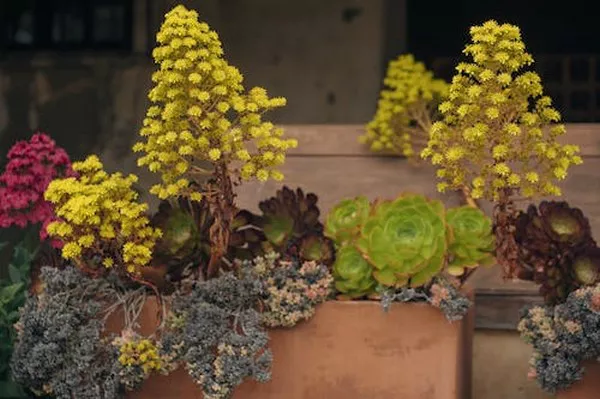Plants possess a remarkable ability to create their own food, a process known as photosynthesis. At the heart of this miraculous feat are leaves, the primary organs responsible for capturing sunlight and converting it into chemical energy. In this article, we explore the fascinating process of how leaves make food for plants, unveiling the intricate mechanisms and vital components involved. From sunlight absorption to nutrient transportation, we delve into the inner workings of photosynthesis and the indispensable role of leaves in sustaining plant life.
The Role of Chloroplasts: Sunlight Capture and Energy Conversion
Sunlight Absorption: Harnessing Solar Energy
Leaves contain specialized organelles called chloroplasts, which contain pigments like chlorophyll. These pigments absorb sunlight, specifically the red and blue wavelengths, while reflecting green light, giving leaves their characteristic color.
Photosynthesis: Transforming Light Energy into Chemical Energy
Within the chloroplasts, a complex series of reactions take place, known as photosynthesis. Sunlight energy is used to convert carbon dioxide (CO2) and water (H2O) into glucose (sugar) and oxygen (O2). This process fuels the plant’s growth and metabolism.
Leaf Anatomy: Structures Adapted for Photosynthesis
Leaves possess unique adaptations that optimize their ability to capture sunlight. Their flat, broad shape maximizes surface area exposure, while a network of veins delivers water and nutrients to the leaf cells involved in photosynthesis.
The Importance of Stomata: Gas Exchange and Water Regulation
Stomata: Regulating Gas Exchange
Tiny pores called stomata, primarily found on the underside of leaves, play a crucial role in gas exchange. They allow carbon dioxide to enter the leaf and release oxygen and water vapor as byproducts of photosynthesis.
Guard Cells: Controlling Stomatal Openings
Guard cells bordering each stomatal pore regulate its opening and closing. They respond to environmental factors such as light, humidity, and carbon dioxide levels to optimize gas exchange while minimizing water loss.
Water Transportation: Ensuring Plant Hydration
Leaves also facilitate the movement of water from the roots to the rest of the plant. This process, known as transpiration, relies on a continuous column of water within the leaf’s veins, which is pulled upward due to the phenomenon of cohesion and adhesion.
The Metabolic Pathways of Photosynthesis
Light-Dependent Reactions: Capturing and Converting Light Energy
In the thylakoid membranes of the chloroplasts, light-dependent reactions occur. These reactions capture light energy, split water molecules, and generate energy-rich molecules like ATP (adenosine triphosphate) and NADPH (nicotinamide adenine dinucleotide phosphate).
Light-Independent Reactions (Calvin Cycle): Converting CO2 into Glucose
The Calvin cycle, which takes place in the stroma of the chloroplasts, uses the ATP and NADPH produced in the light-dependent reactions to convert carbon dioxide into glucose. This process requires specific enzymes and operates in a series of chemical reactions.
Conclusion
The remarkable ability of leaves to produce food through photosynthesis is a testament to the intricate mechanisms and processes at work within plants. From the absorption of sunlight to the regulation of gas exchange and the metabolic pathways involved, leaves play a vital role in sustaining plant life. Understanding the complexity of photosynthesis deepens our appreciation for the natural world and underscores the delicate balance of energy conversion and nutrient utilization that enables plants to thrive and flourish.


